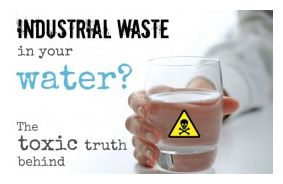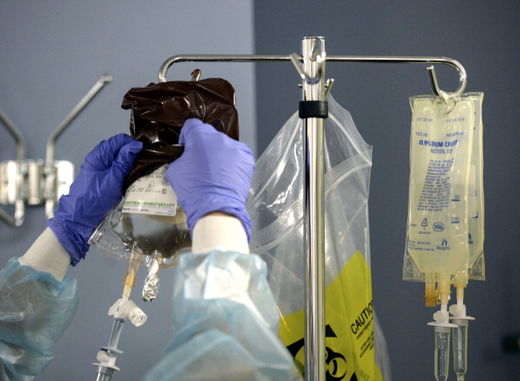
© ButterBeliever.com.
A
newly published study in Harvard's
The Lancet weighs in on the toxins causing autism and ADHD (attention-deficit hyperactivity disorder).
Researchers from the Harvard School of Public Health (HSPH) and the Icahn School of Medicine at Mount Sinai (ISMMS) say that along with these numerous environmental toxins, fluoridated water is adding to the higher incident of both cognitive and behavioral disorders.Harvard had already published a
study in 2006 that pointed to fluoride as a 'developmental neurotoxicant', and this newer study looks to over 27 additional investigations into the matter via meta nalysis. In the previous study, it was already established that
fluoride consumption lowered children's IQ scores.
The left-over from industry,
passed off as 'medicine,' obstructs brain development, and can cause a full spectrum of serious health issues - from autism to dyslexia, ADHD, ADD, and more.
The study calls the effects from this chemical a 'silent epidemic' that mainstream media and many scientific papers have ignored.
Two of the main researchers involved in the study, Philippe Grandjean from HSPH and Philip Landrigan from ISMMS, say that incidences of chemical-related
neurodevelopmental disorders have doubled over the past seven years from six to 12.
The study admits that there are numerous chemicals to blame - many of which are untested or ceremoniously approved by the FDA, USDA, and CDC without truly knowing their long term ramifications on human health - but that fluoride is a definite culprit.

Comment: Food Dyes: The Color of Controversy:
Food Dyes: The Toxic Situation
Do Synthetic Food Colors Cause Hyperactivity?
Is It Really Worth Using Food Dyes If They Cause Cancer?
The Rainbow Of Food Dyes In Our Grocery Aisles Has A Dark Side
Organic Foods Offer Alternative to Foods Containing Food Dyes & Pesticides Linked to Raising Children's Risk of ADHD